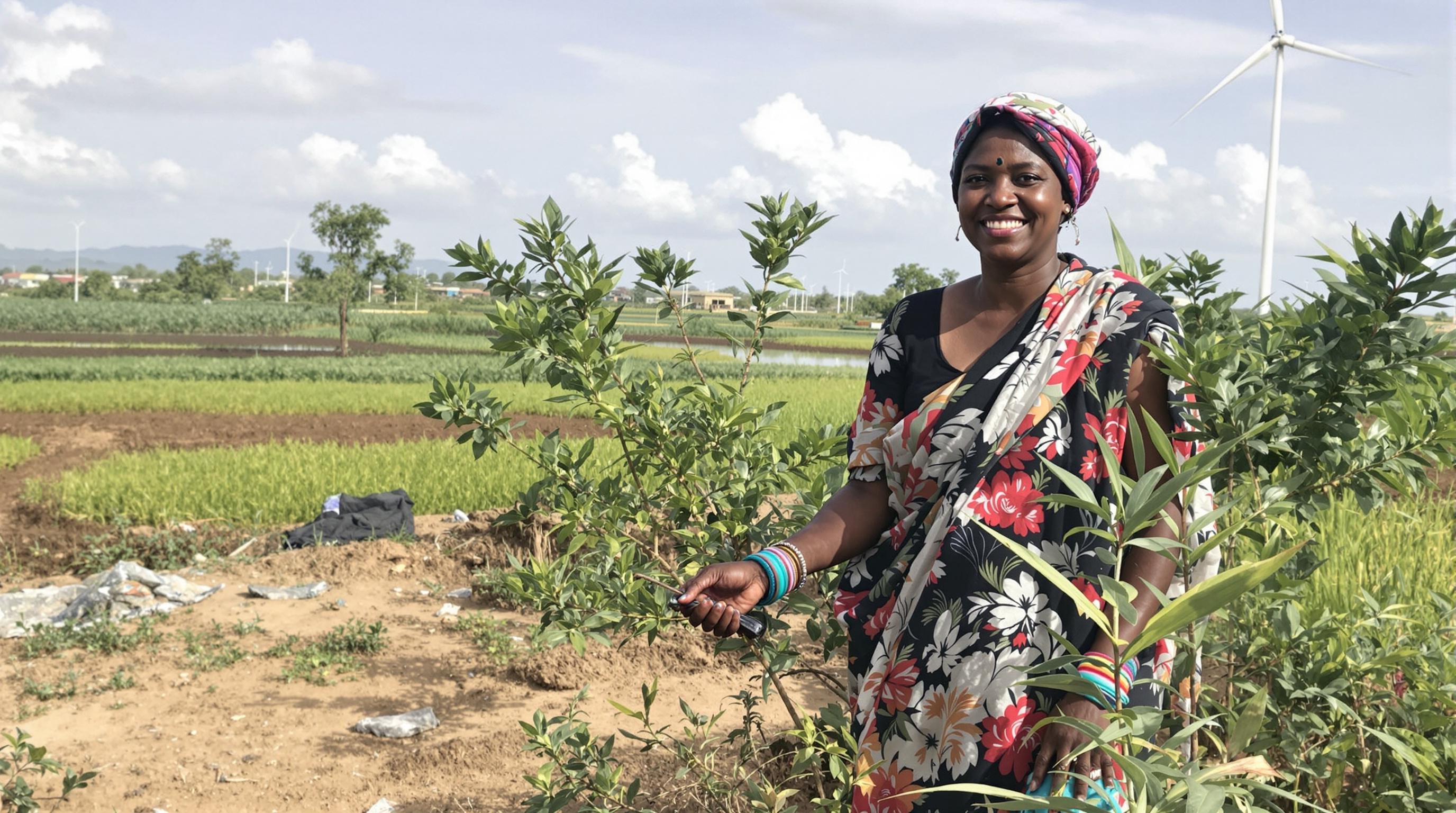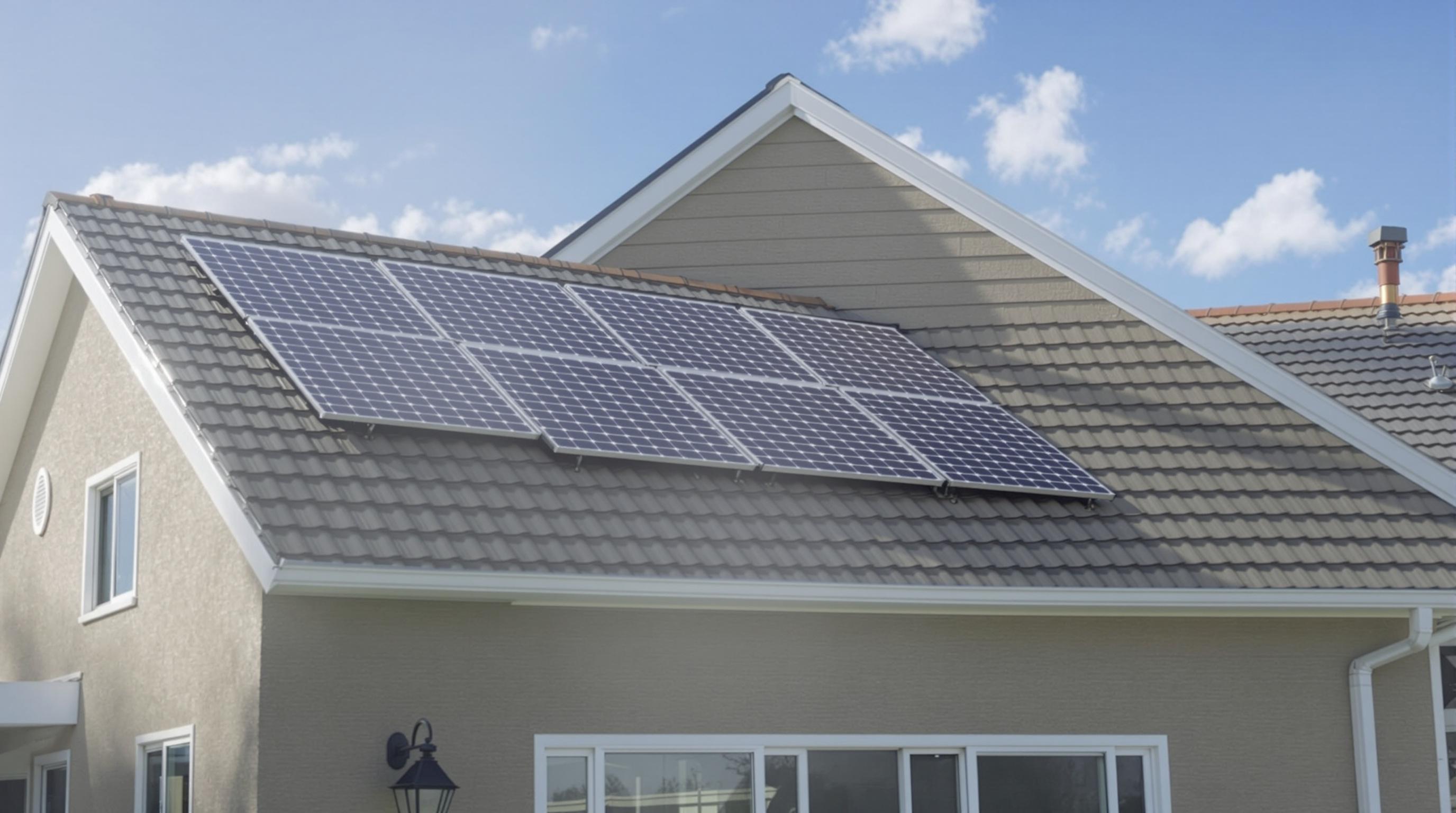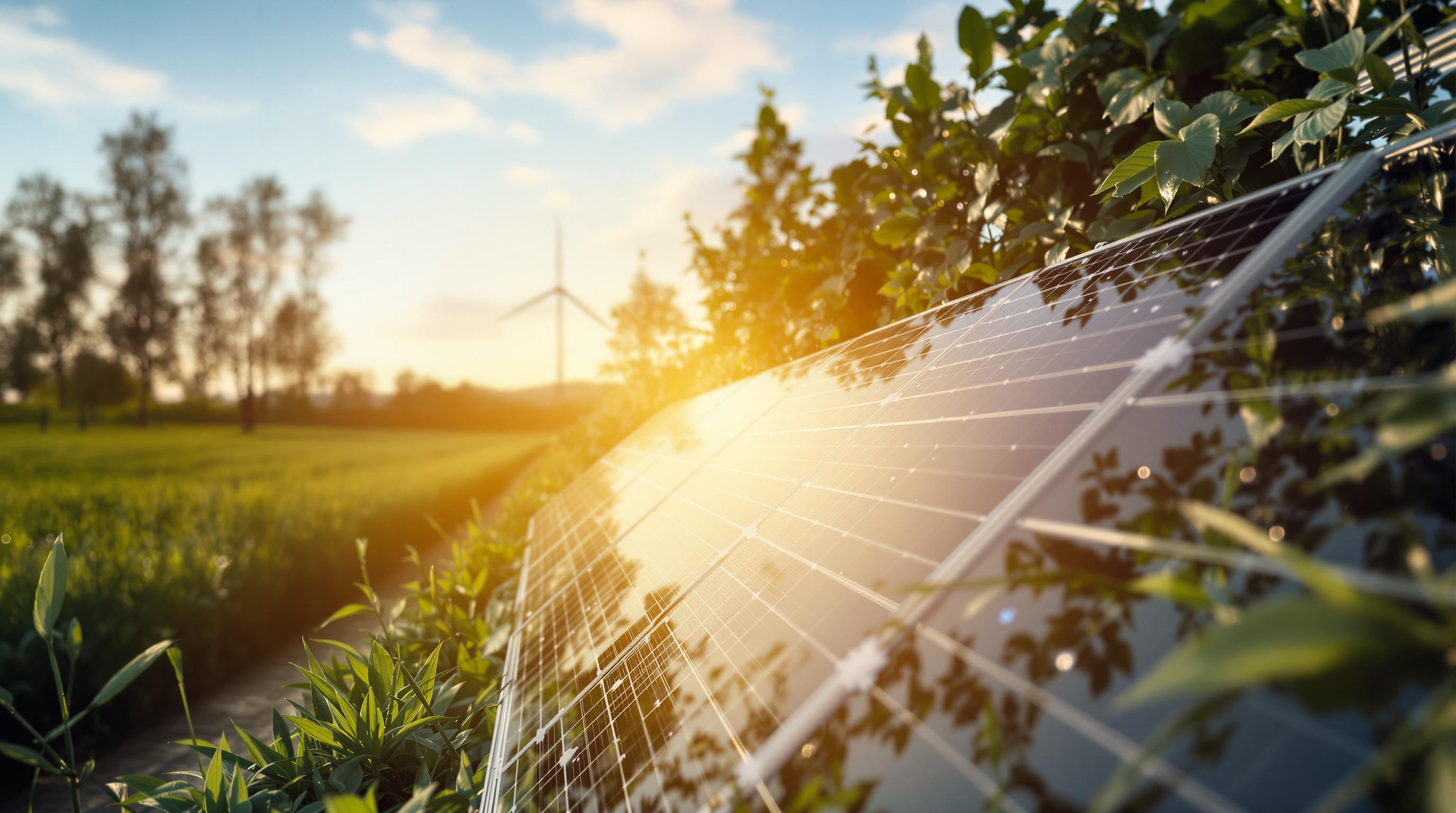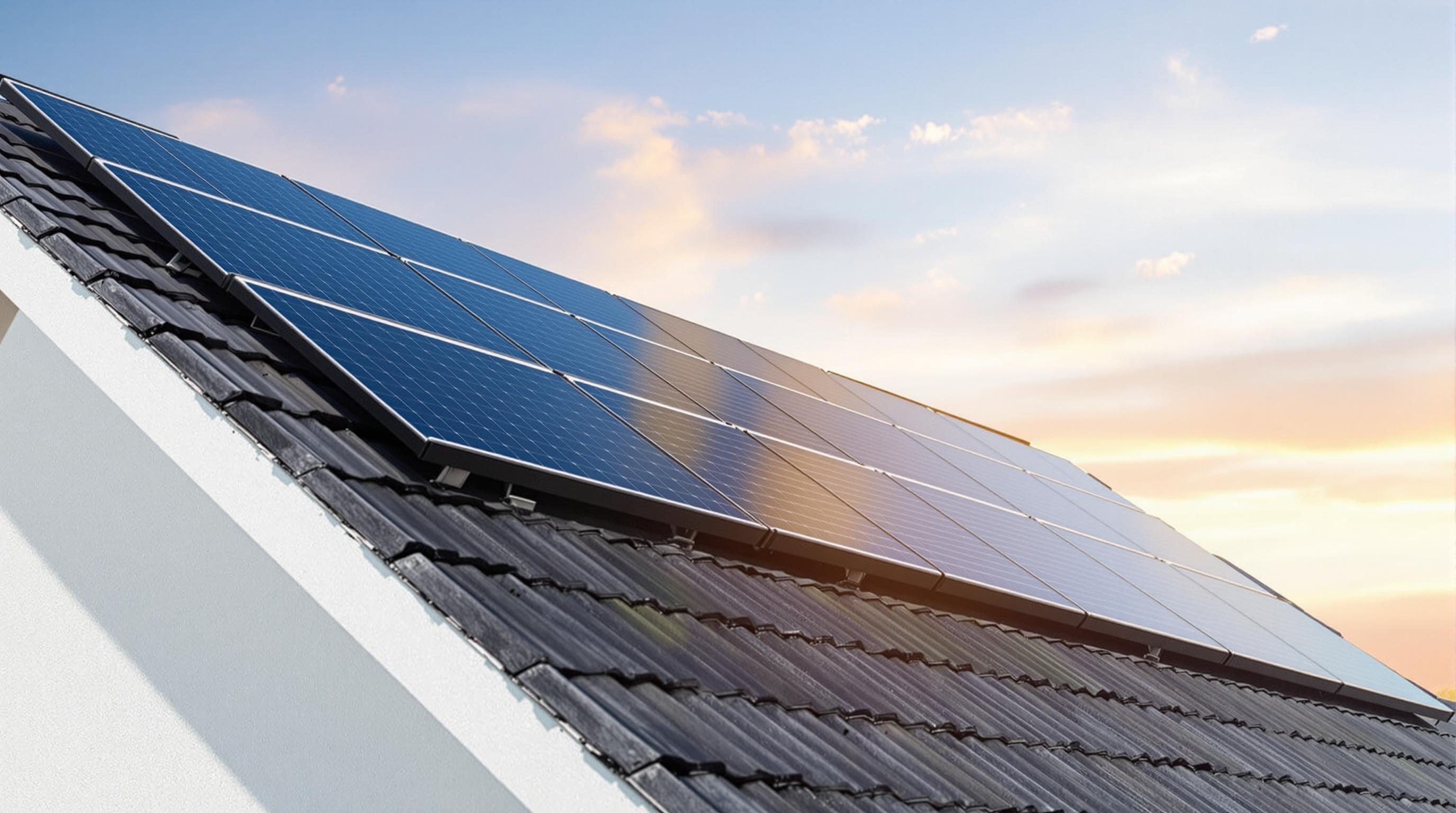Related Articles
- When Solar Meets Survival: How Remote Communities Forge Resilience Beyond Conventional Energy Networks
- Top 6 Solar Panel Warranty Plans from 2019-2024 That Actually Protect Your Investment Better Than the Rest
- Unlocking Community Power: Unseen Financial Models Transforming Renewable Energy Access in Rural Areas
- Unearthing the Shadow Market: How Forgotten Solar Tech Affects Modern Energy Futures
- Unlocking Soil Secrets: How Earth’s Microbes Influence Solar Panel Efficiency in Unseen Ways
- 7 Game-Changing SolarRoof Mounting Solutions From the Last Five Years You Haven’t Heard About
Unlocking Community Power: Unseen Financial Models Transforming Renewable Energy Access in Rural Areas
Unlocking Community Power: Unseen Financial Models Transforming Renewable Energy Access in Rural Areas
Novel financial models are unlocking tremendous community power to transform renewable energy access in rural areas. This article explores those innovative approaches, blending analysis, stories, and data to illuminate a path forward.
The Power of Community Ownership Models
Imagine a remote village where every home contributes to and benefits from a communal solar array owned by the residents themselves. This community ownership model not only democratizes energy access but also ensures that generated revenue stays within the community, fostering economic resilience. For instance, the ‘Junction Solar Cooperative’ in rural Kenya empowered over 400 households by enabling members to collectively invest in solar installations, resulting in a 35% reduction in energy costs and a surge in local employment opportunities (Renewable Energy World, 2023).
An Old Idea, but a New Spin: The Rise of Social Impact Bonds
Social impact bonds (SIBs) are an emerging financial instrument curious even to seasoned investors and rural activists alike. Essentially, private investors fund renewable projects upfront, and success is measured by tangible community benefits — investors are repaid by governments or donors only if pre-set outcomes are achieved. Consider how in rural India, an SIB-funded microgrid project slashed kerosene use by 60% within two years, elevating public health significantly (World Bank, 2022). If you’re wondering why these aren’t mainstream yet, it partly comes down to the complexity and risk involved, but the potential is undeniable.
Seeds of Change in Unexpected Places
Who would have thought that a tiny cooperative in Vermont could serve as a blueprint for electrifying African villages? The “Green Village Cooperative” started with a handful of farmers pooling savings to buy solar panels but eventually grew into a multi-million-dollar enterprise serving hundreds of homes and communal facilities. Their model relied on a mix of microloans, community fundraising, and grant dollars—blending financial creativity with grassroots enthusiasm.
From Microgrids to Macro-Impact: A Reminder that Scale Matters
Scaling renewable energy projects from pilot phases to expansive networks has historically been a major challenge, especially with constrained budgets. Financial innovations such as blended finance—combining philanthropic funds with commercial capital—have started to bridge this gap. A case in point: in Bangladesh, the NGO Infrastructure Development Company Limited (IDCOL) leveraged $500 million in blended funds to install solar home systems benefiting over 4 million rural households as of 2023 (IDCOL Annual Report, 2023).
Why Traditional Financing Falls Short
Let’s be honest: conventional bank loans and government grants have often ignored or even excluded rural communities due to perceived risks and low returns. Many lenders demand hard collateral—often unavailable in agrarian societies—and have short-term horizons not aligned with the decades-long perspective renewable infrastructure requires. Thus, rural renewable access remains a stubborn gap unless we can innovate beyond these constraints.
Conversational Detour: Let’s Talk Money Models Over a Cup of Coffee
Imagine this—you're sitting in a café chatting with a local farmer named Aisha in Tanzania. She’d never heard of a "social impact bond" before, but the possibility that her village's solar microgrid could be funded by investors who only get paid if the project succeeds? That's the kind of financing that piqued her interest. She marveled at how such models ensured both accountability and profitability, a win-win that rural communities desperately need.
Why Crowdfunding is More Than Just a Trend
The internet era has ushered in crowdfunding as a legitimate, powerful tool for financing community energy projects. Beyond merely collecting donations, platforms like Energise Africa and TRINE enable direct equity investments from citizens worldwide. In Uganda, a solar mini-grid project raised $150,000 from over 3,000 micro-investors, creating tangible local ownership and an energy source to boot (Clean Technica, 2022). This democratization of finance is reshaping renewable access paradigms.
The Role of Microfinance Institutions (MFIs) in Renewable Energy
Microfinance institutions, often thought of only in terms of small business loans or agriculture credit, are increasingly channeling funds toward renewable technologies. Consider Grameen Shakti in Bangladesh, which has facilitated over 1.8 million solar home system installations by providing tailored microloans that align with rural income cycles (Grameen Shakti Annual Review, 2023). Their success illustrates how financial models must intertwine deeply with local realities to succeed.
Humor Break: When Traditional Banks Say “No”, the Sun Says “Yes”
Picture a loan officer rejecting an application for solar panels saying, “But, sir, energy isn’t a crop we can see growing!” Meanwhile, the sun is shining down, free and reliable. These financial models laugh in the face of such skepticism by proving that investment in renewables doesn’t require soil, trucks, or barns – just vision and community buy-in.
Policy Levers: How Governments Can Accelerate Community Financing
Financial innovation doesn’t happen in a vacuum; enabling policies are crucial. Some governments are beginning to offer tax credits, low-interest loan guarantees, and streamlined regulatory processes to kickstart local renewable projects. For example, Mexico’s energy cooperative framework includes subsidies that reduce upfront costs by 40%, stimulating rapid rural adoption (International Energy Agency, 2023).
Storytelling Spotlight: Maria’s Village and the Solar Transformation
Maria, a schoolteacher in a hillside village in Guatemala, recounted how before a transformative solar cooperative arrived, her students completed lessons by candlelight or kerosene lamps. Today, a flourishing solar cooperative supplies power to homes, school, and clinic. The cooperative’s financial backbone combined community shares with a bank loan backed by international donorships. Seeing children study under bright LED lights is the real proof – and power – of these financial models in action.
Impact Investing: Aligning Profit with Purpose
Impact investors are those who chase financial returns while counting societal impact as a key success indicator. In rural renewable projects, these investors fill a critical capital gap, taking on early risks others shun. The Global Energy Alliance for People and Planet (GEAPP) has committed over $5 billion toward decentralizing renewables and catalyzing community participation in energy markets, underscoring the significant capital flow into this space (GEAPP Financial Report, 2023).
Looking Ahead: The Promise and Pitfalls of Blockchain Financing
Blockchain technology promises transparency and ease of transactions, appealing for rural renewable projects that require community trust. Pilot programs in Senegal use blockchain to track energy credits earned and shared among villagers, preventing fraud and encouraging participation. However, widespread adoption faces hurdles such as technological literacy and initial setup costs, requiring thoughtful scaling strategies.
Borrowing from Twisted Twain: “The reports of fossil fuels’ death have been greatly exaggerated”
Mark Twain might chuckle at how fossil fuels stubbornly remain dominant despite renewable breakthroughs. But the real story lies in how communities, undeterred by slow policy shifts or entrenched industries, harness financial ingenuity to push local green revolutions forward. Twain’s satirical lens reminds us that while the energy transition narrative can sometimes feel like a tall tale, these grassroots models—with their blended finance cocktails and community tenacity—are very real and very powerful.



